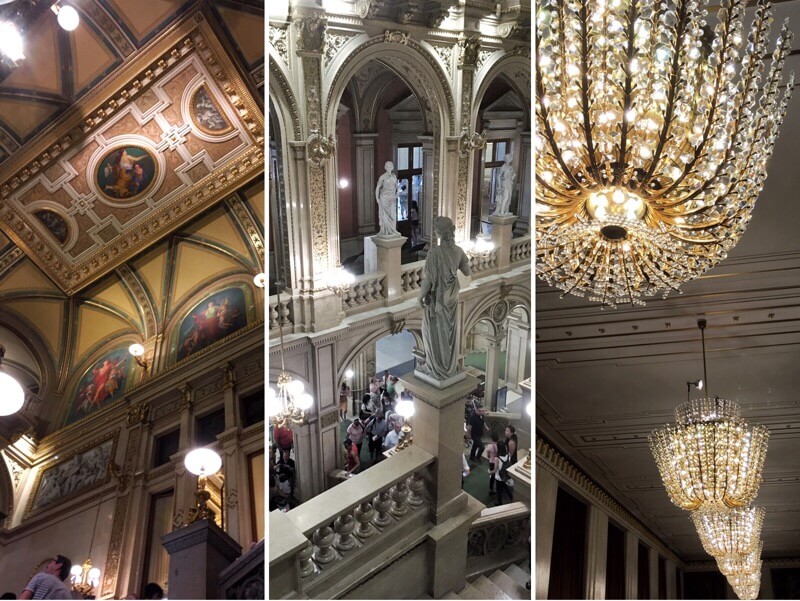Sights of Vienna
So many attractions await your attention in Vienna, so you must pick and choose. Interestingly, I didn’t go to any composers’ homes because I’d heard that they are not great as museums. Instead, I made the most of the first weekend of September and some light rain.
- Hundertwasserhaus
- Neidhart Fresken
- Otto Wagner Pavillon
- Virgilkapelle
- Wagner: Werk Museum Postsparkasse
- Wien Museum Karlsplatz
- Wien Staatsoper: Tag der Offenen Tür
Hundertwasserhaus
Kegelgasse 34, 1030 Wien, Austria
The Hundertwasserhaus is a social housing facility in the Landstraße district. Because its architect was a naturalist, you’ll be hard-pressed to find many straight lines. If you like Gaudí’s architectural designs, you may find Hundertwasser’s work reminds you of them. The weather was rainy when I visited, but that meant I got to see a water spout with a funny face doing its job.
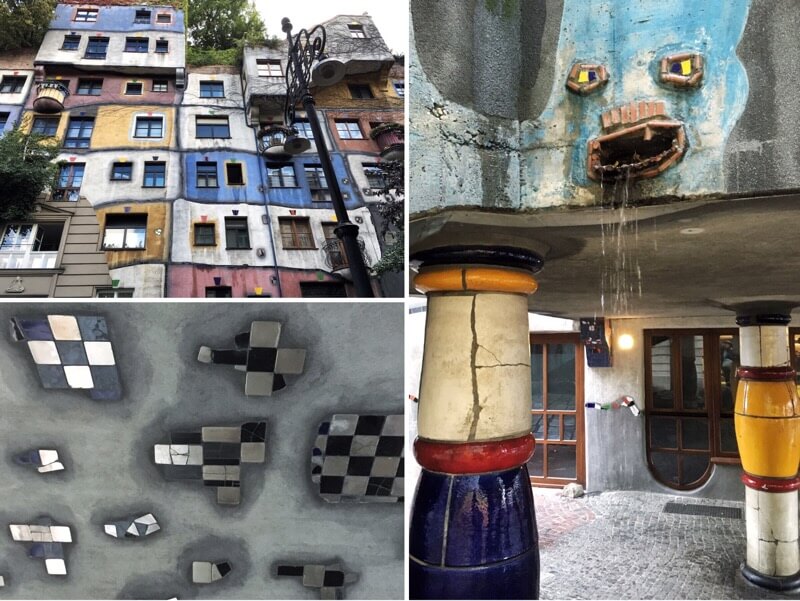
Bonus: you can also see the district heating plant that he redesigned by going to the Spittelau U-bahn Station.
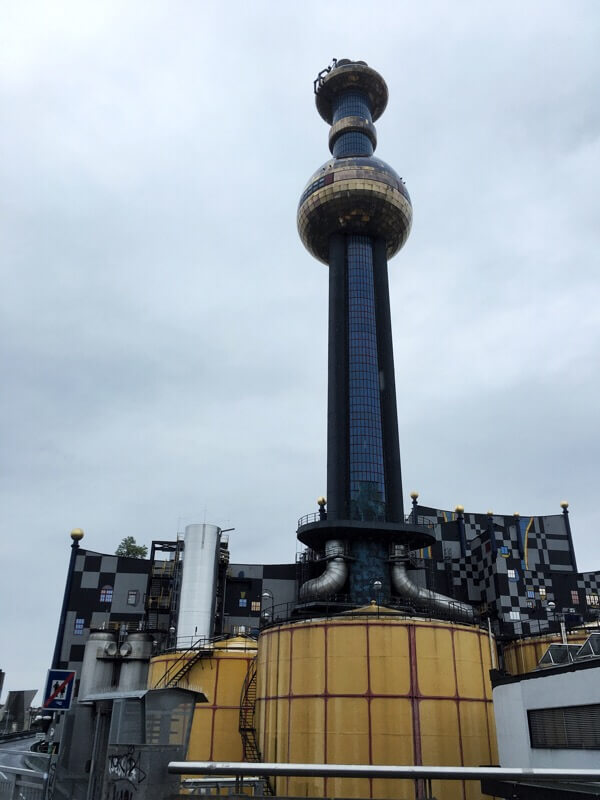
Admission and hours
Because the Hundertwasserhaus is real housing for real people, they do not allow visitors to go inside. But you’re welcome to admire it as much as you’d like from outside. If you want a more detailed look into its history and Hundertwasser himself, you can visit Kunst Haus Wien, which is a short walk from the house.
Getting there and back
The closest Citybike station is Kundmanngasse, or you can take tram 1 to the Hetzgasse station and walk two minutes to reach the building.
Neidhart Fresken
Tuchlauben 19, 1010 Vienna, Austria
The oldest secular murals in Vienna, the Neidhart Frescoes were painted in the 1400s on the walls of a medieval ballroom owned by wealthy fabric merchant Michael Menschein. They illustrate scenes from the songs of legendary bard Neidhart von Reuental.
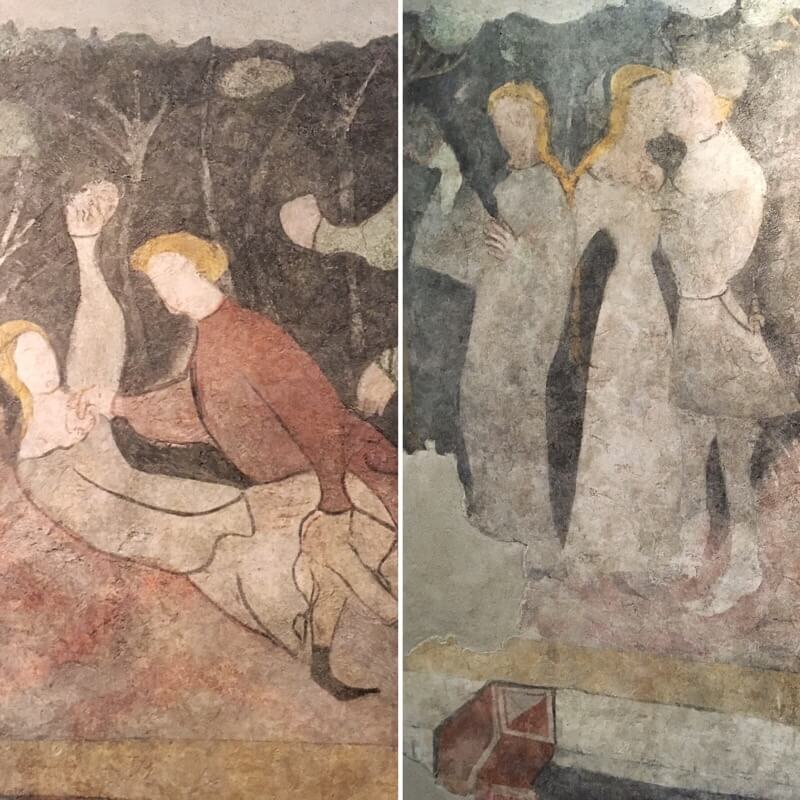
They’re not in prime condition because subsequent tenants were not necessarily fans of von Reuental’s tendency to sing about the erotic relationships between knights and peasant maidens. They were painted over by a Catholic priest in the late 16th century and rediscovered by chance in 1979. Centuries of neglect and the process of restoring the murals damaged all of them and completely destroyed some.
If you want to get a better sense of medieval humor, make sure to read about the story of the Violet Prank in the books provided in the center of the ballroom.
Admission and hours
The ballroom is open Tuesdays through Sundays from 10:00 to 13:00 and 14:00 to 18:00. You can either pay €5 on a normal day or pay nothing on the first Sunday of the month.
Getting there and back
The murals are located about a five-minute walk from the Stephansplatz U-bahn Station, or park a Citybike at Hoher Markt. You have to ring the buzzer to be let into the building, after which you climb a flight of stairs to reach the ballroom.
Otto Wagner Pavillon
Karlsplatz, 1010 Vienna, Austria
The Karlsplatz Stadtbahn Station is the site of a small museum dedicated to the life and work of Otto Wagner. He designed it in the art nouveau style, and you can find sunflowers on it. It’s not the most exciting of museums, though.
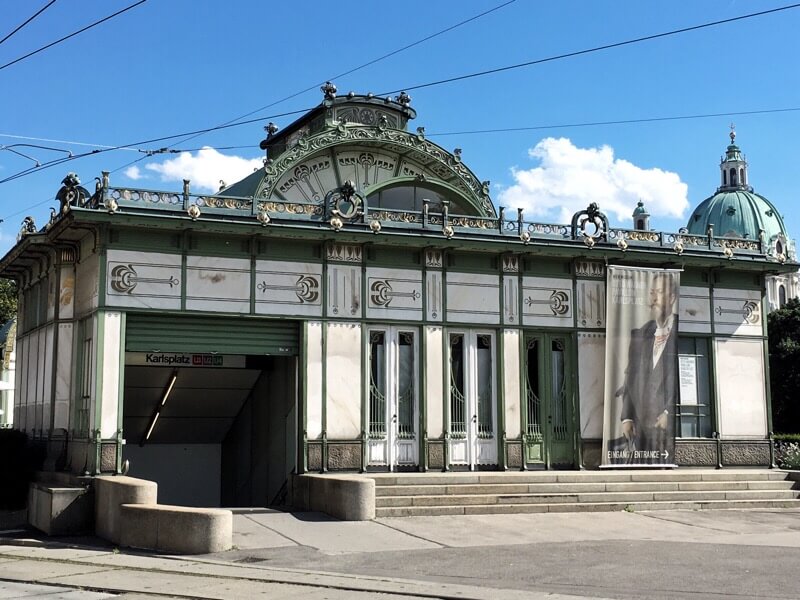
Admission and hours
The museum is open only from April through October, Tuesdays through Sundays from 10:00 to 18:00. It’s not worth paying €5: just go on the first Sunday of the month for free.
Getting there and back
Although it was built as a transit station, Karlsplatz Stadtbahn Station is no longer in use. Instead, take tram 62 to Wien Karlsplatz (Straßenbahn) or metro 1, 2, or 4 to Karlsplatz U-bahn Station. Treitlestraße is the nearest Citybike parking spot.
Virgilkapelle
Stephansplatz, 1010 Wien, Austria
The Chapel of St. Virgil dates back to the early 13th century and is one of the best-preserved Gothic interiors in Vienna. It was forgotten about from the 18th century and rediscovered in 1973 when the city began digging to construct the Stephanzplatz U-bahn Station. There’s also a small exhibit about medieval life in Vienna. See if you can find the ceramic pufferfish among the little treasures.
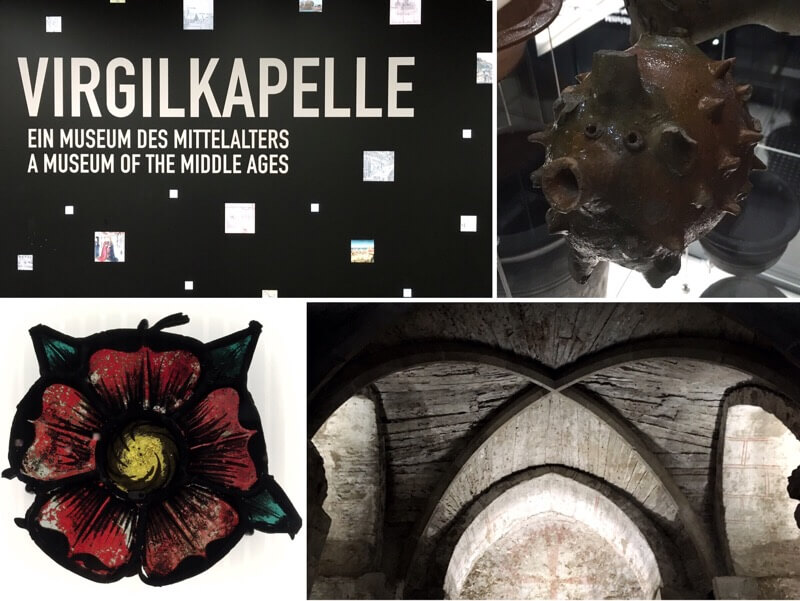
Admission and hours
You can visit the chapel from Tuesdays through Sundays from 10:00 to 18:00. Normally, it costs €5 for adults and €4 at the discounted rate, but on every first Sunday, admission is free.
Getting there and back
It’s located directly inside the Stephansplatz U-bahn Station, which is served by lines 1 and 3. Or you can take a Citybike to the Stephanzplatz Station.
Wagner: Werk Museum Postsparkasse
Georg Coch-Platz 2, 1018 Wien, Austria
The Postsparkasse is Austrian architect Otto Wagner’s entry into the key works of European modern architecture. The design might seem cold and formulaic, but I appreciated the cerebral aesthetics employed in the building. The quotes posted on various walls (including the toilet) are inspiring, too.
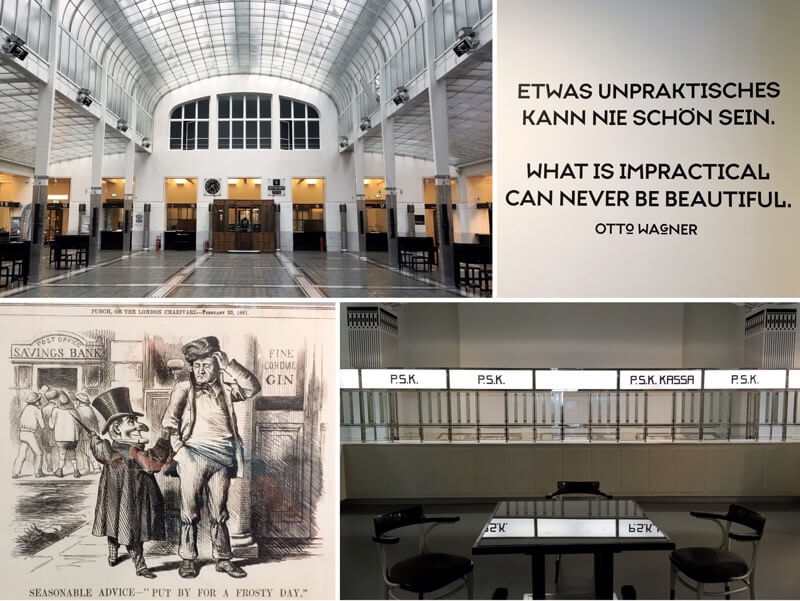
There’s a video playing on a loop near the start of the museum that alternates between German and English, but the German version is much longer. Blink, and the English one is finished before you realized it started. Even if you don’t speak German, you might want to watch the whole thing anyway since there’s a significant portion of the German version that has lots of pictures.
Admission and hours
This is one of the few museums that is open on both Mondays and Tuesdays: come on any weekday between 10:00 to 17:00 (except for bank holidays). Adults pay €8, and students, seniors, and groups pay €6. Entrance is free for people under 19 and BAWAG PSK customers who present their cash card.
Getting there and back
Trams 1 and 2 will get you closest to the museum at Julius Raab Platz (Stubenring). Citybike parking is also available at Julius Raab Platz. If you take the U-bahn, get off line 1 or 4 at Schwedenplatz, or line 3 will stop at Stubentor.
Yes, you do walk straight into a still-operating bank, probably past some bankers in suits discussing their work day. Just throw open the front door and walk through the main hall. At the end to the left, you’ll see the museum entrance.
Wien Museum Karlsplatz
Karlsplatz 8, 1040 Wien, Austria
The Wien Museum houses an eclectic and interesting set of works, such as a few from Gustav Klimt and Egon Schiele. What stuck with me was the ingeniously space-saving giraffe piano and elaborate helmets and shields used in a parade ages ago. The snake fountain in the courtyard is also amusing.
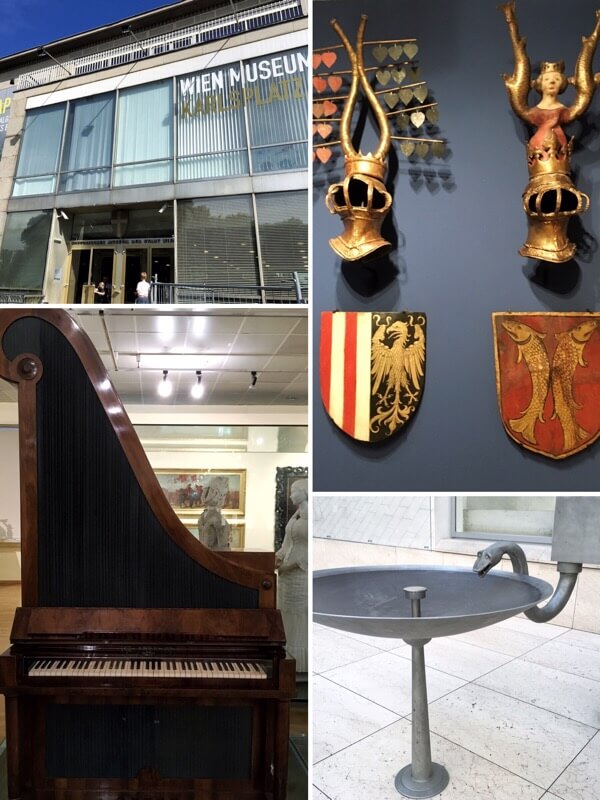
Admission and hours
The museum is open for visitors from 10:00 to 18:00 from Tuesday through Sunday, although from 24-31 December, it closes at 14:00. Adults pay €10, and students, seniors, and groups pay €7. Entrance is free for people under 19 all the time and for everyone on the first Sunday of the month. They have free guided tours, but we missed the English one at 11:00.
Getting there and back
Take tram D to Schwarzenbergplatz (Mitte), tram 62 to Wien Karlsplatz (Straßenbahn) or U-bahn 1, 2, or 4 to Karlsplatz. You can also park your Citybike at Treitlestraße or Schwarzenbergplatz.
Wien Staatsoper: Tag der Offenen Tür
Opernring 2, 1010 Wien, Austria
It wouldn’t be a trip to Vienna without at least passing by the opera house. I was lucky enough to be in the city during its annual open-door day, which precedes the new season that begins each early September.
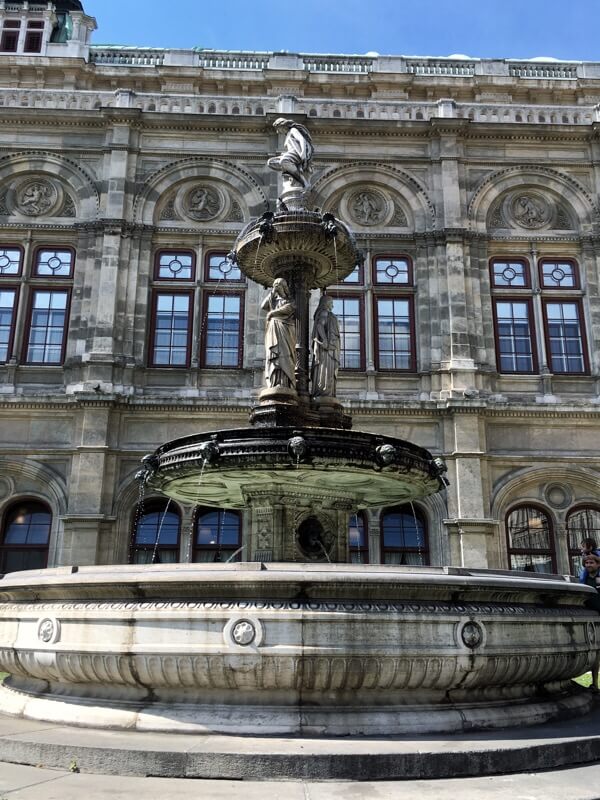
When you first walk in, the orchestra serenades you from the top floor of the lobby.
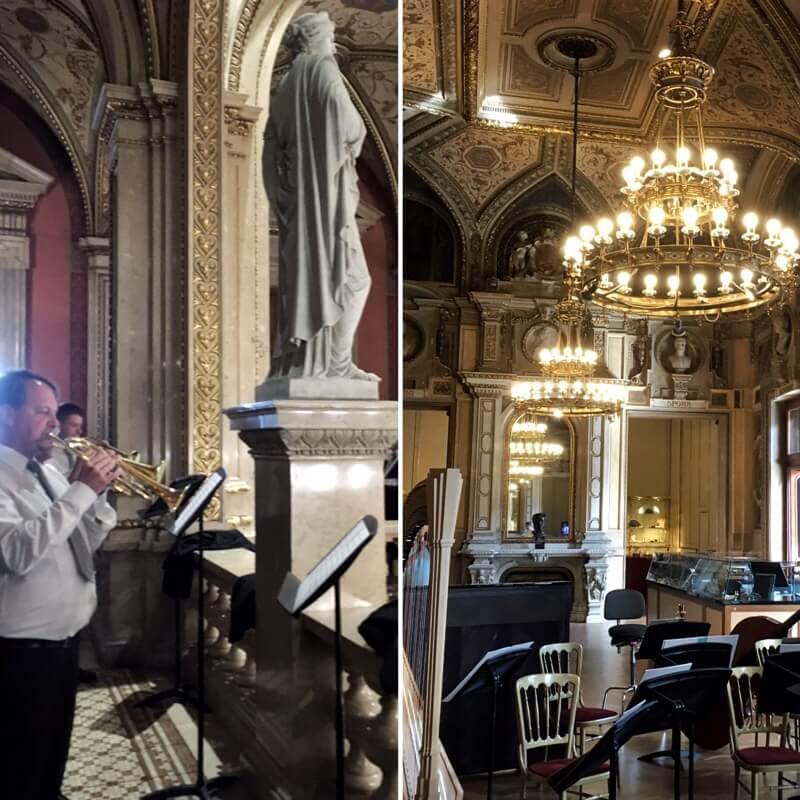
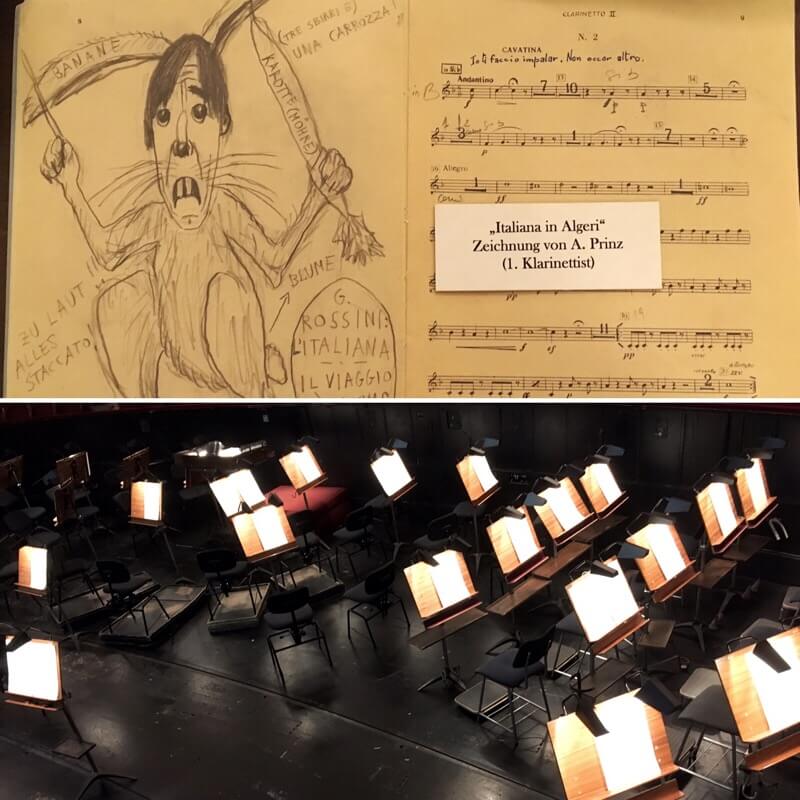
Further in, you get a behind-the-scenes look at the Vienna Opera House. This takes many forms, such as watching rehearsals (choir, ballet, opera), admiring what’s on stage (sets, special effects machinery, lighting), and trying on costumes.
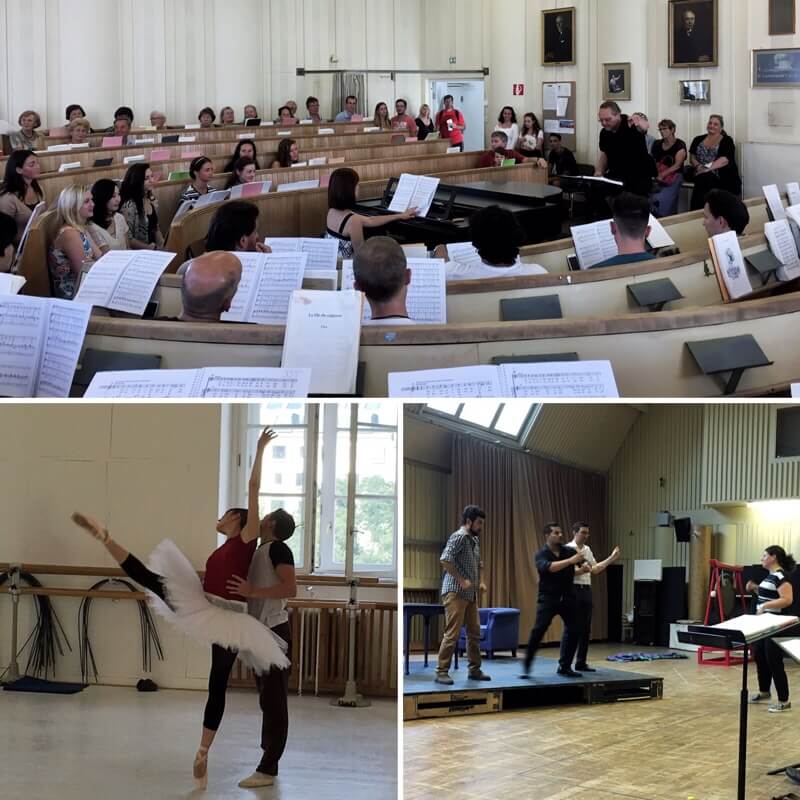
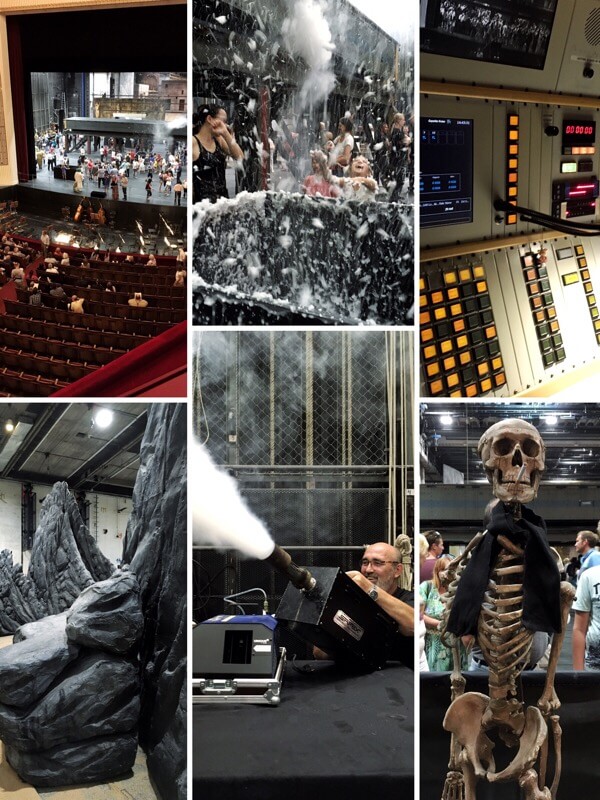
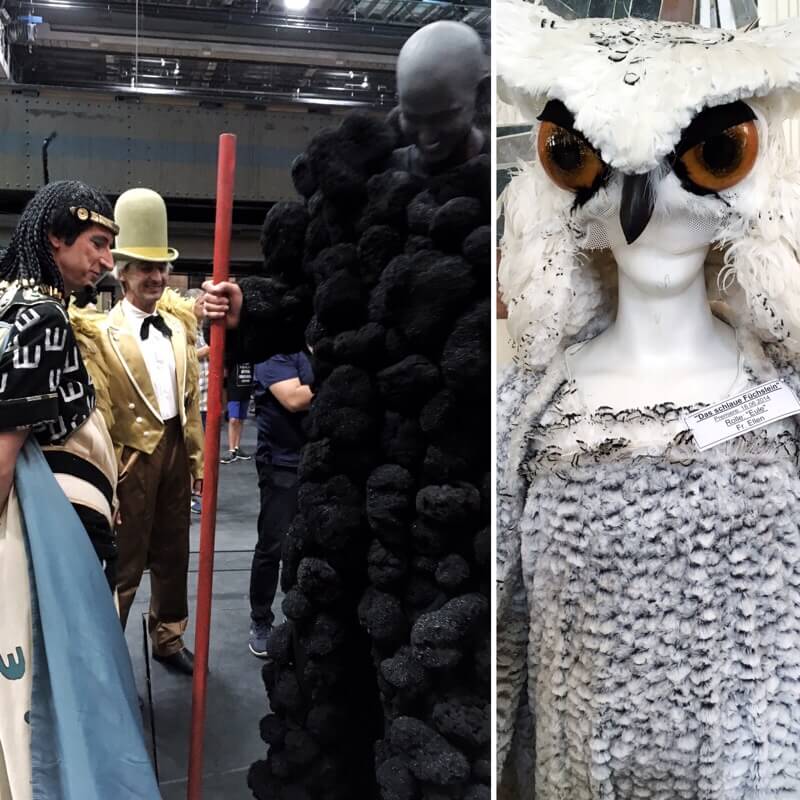
Give the opera a try: you might like it!
Admission and hours
Visitors could get free tickets to 2016’s open-door day starting 3 August at Bundestheaterkassen. Since I wouldn’t arrive in Vienna until 2 September, I emailed the opera house to ask if I could reserve a ticket prior to my arrival. The staff confirmed that I could reserve up to two tickets over email, so I got one for the 14:00 admission time. (The other admission time was 17:30, and both last for two and a half hours.)
However, when I arrived at the ticket office on open-door day, the employee told me I had to ask the staff at the door at 14:00. The masses started pouring in, and the door staff didn’t seem to be interested in looking at the email confirmation I had. But after using some persistence, I got one of them to hand me a ticket from inside his chest pocket. Success!
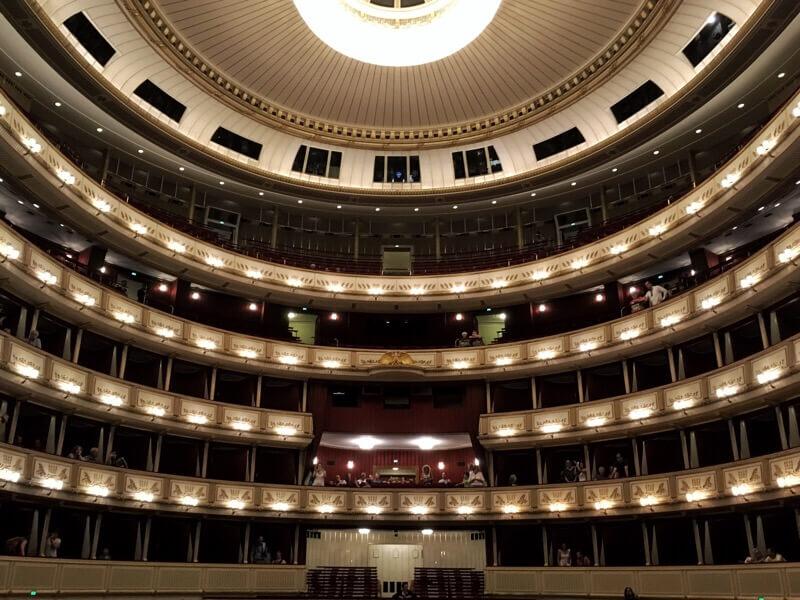
Getting there and back
The closest tram station is Wien Oper, which is served by lines 2, 62, 71, and D. Alternatively, you can borrow a Citybike and park at the Oper or Kärtner Ring stations.
